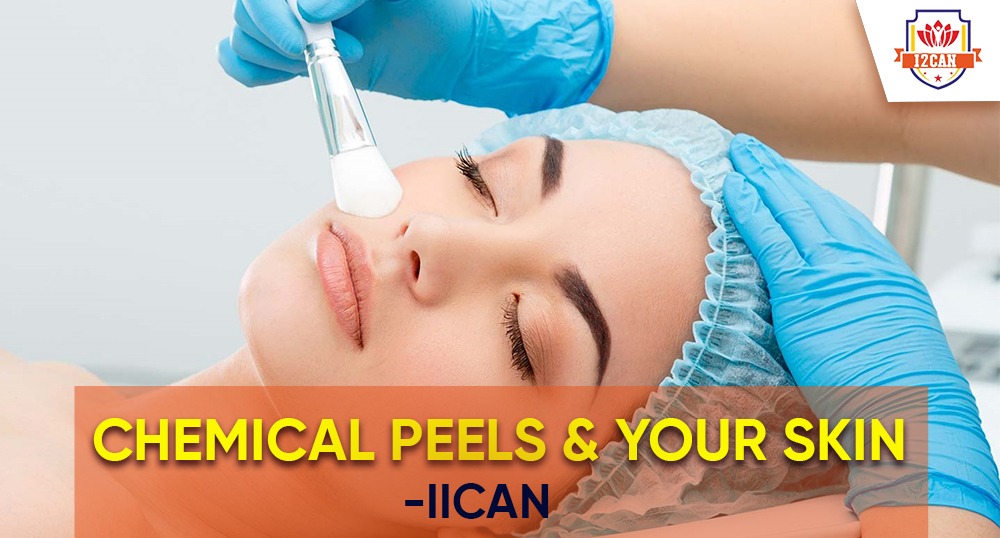Chemical peels involve the application of chemical solutions to the skin to remove the surface layers. The skin that returns to the patient is smoother than before. In order to obtain the best results from light or medium peel, you may need to repeat the procedure more than once. Chemical peels are used for skin rejuvenation- usually for the face- in order to reduce wrinkles, discoloration, and scarring. Peels can be done independently or in conjunction with other cosmetic treatments. Peels can also be done at varying depths, from mild to profound. Chemical peels that produce more dramatic results generally have a longer recovery time.
Why it’s done
Resurfacing the skin with chemicals is known as a chemical peel. You can choose a chemical peel in three levels of depth depending on the concerns you wish to address:
- Light chemical peel: The skin’s outer layer (epidermis) is removed with a light (superficial) chemical peel. In addition to treating wrinkles, acne, irregular skin tone, and dryness, it also treats fine lines. Light peels are generally carried out every two to five weeks.
- Medium chemical peel: Skin cells are removed from the epidermis and the upper portion of your middle skin layer (dermis) with a medium chemical peel. Skin conditions treated with this agent include wrinkles, acne scars, and uneven skin tone. Repeating the procedure may be necessary to achieve the desired outcome.
- Deep chemical peel: Adding chemical peels to your skincare regimen will remove more skin cells. Your doctor might recommend one for deeper wrinkles, scars, or cancerous growths.
Indications for the treatment
Chemical peels help to treat a variety of skin issues. For example:
- Acne
- Fine lines
- Sun damage
- Acne scars
- Hyperpigmentation
- Mild acne scars
- Uneven skin tone
- Melasma
Post care
It is really important to take care of your skin after peels. As your skin is rejuvenating and becomes temporarily sensitive. You need to follow some post-care instructions, such as:
- Sun protection: It is really important after peels. This is because the skin may become sun-sensitive for a few days after the procedure. You need to use broad-spectrum sunscreen daily for 3 times and usually with the gap of 3 hours.
- Don’t wash your face with hot water: Yes it’s very important post-care, avoid use hot water on your face, or on the area of the treatment for next 2 days. Use cold /normal water.
- Apply moisturizer: Use of proper moisturizer is really important, to keep your skin hydrated.
- Don’t use dry sauna: You need to avoid the sauna after work out for 2 days after the procedure of chemical peel.
- Avoid exercises: It is important to avoid doing heavy workouts for 2-3 days. As sweating can block the pores of skin and irritate the skin.
Hence, it is your skin, so you need to take proper care. Chemical peels give good results from acne, pigmentation, acne dark spots, few acne scars, tanning, melasma, etc.
Risks
Peels with chemicals aren’t for everyone. The following health conditions may make a chemical peel dangerous for you:
- Isotretinoin (Myorisan, Claravis, etc.) is an oral acne medication you’ve taken in the past six months.
- Known to have an inherited tendency to develop ridges (keloids) caused by excessive scar tissue growth
- While pregnant
- and when they receive antibiotics

